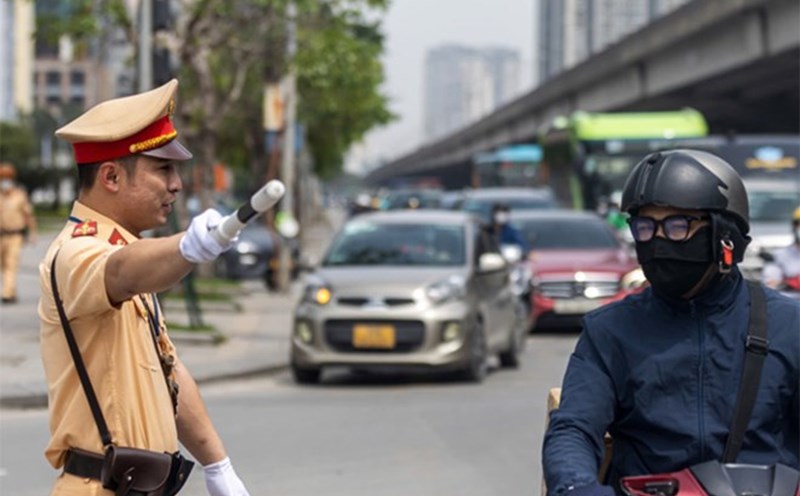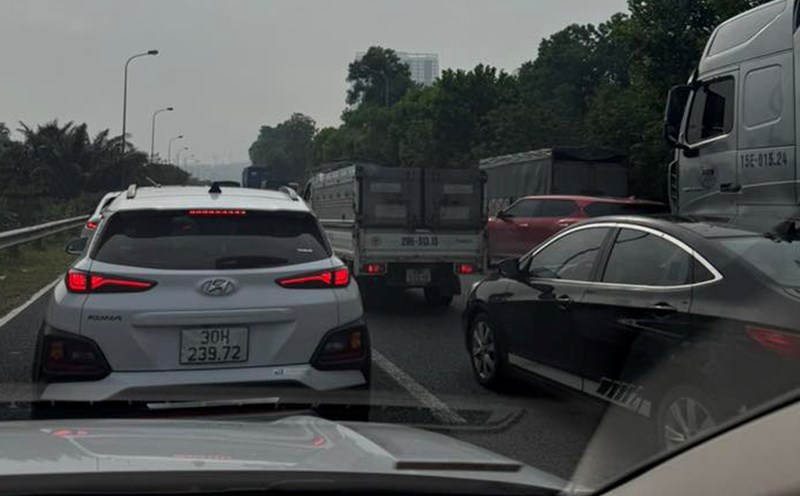Speaking to Lao Dong Newspaper reporters on the afternoon of September 8, Mr. Nguyen Hoang Hai - Deputy Director of the Traffic Infrastructure Maintenance Board, Hanoi Department of Construction) - said that the unit is researching and developing a plan to reorganize traffic after proposing to ban trucks from entering the lane next to the median strip on Thang Long Avenue and Vo Nguyen Giap Street.
Accordingly, this agency will develop a traffic organization plan on Thang Long Avenue (km2+250 - Km28+200) and Vo Nguyen Giap Street (from Vo Van Kiet intersection to Nhat Tan Bridge), according to the proposal of the Traffic Police Department (CSGT), Ministry of Public Security.
Previously, the Traffic Police Department requested the Hanoi Department of Construction to direct relevant units to preside over and coordinate with the Hanoi Police Traffic Police Department to study and deploy traffic flow and lane division on the routes.
The expected implementation time is from September 20.
Thang Long Avenue: Organize lane division from Km2+250 to Km28+200. left lane in the same direction close to the median strip (lane 1): Maximum speed of 100 km/h, trucks are prohibited from operating. The mid-lane is close to the left lane in the end (lane 2): Maximum speed 90 km/h, mixed lane. Exterior lanes are close to the emergency lane (3 lanes): Maximum speed 80 km/h, mixed lane, recommended for trucks to enter this lane.
Vo Nguyen Giap route (from Vo Van Kiet intersection - National Highway 2 to Nhat Tan bridge): Section from Song Thiep bridge to Noi Bai airport, recommended to increase maximum speed to 100km/h with the regulation: Route 1 prohibits trucks, speed 100km/h; Route 2 speed 90km/h, mixed; Route 3 speed 80km/h, mixed, recommended for trucks to travel in this lane.
The Traffic Police Department also proposed that Hanoi install on the gate rack (steel structure extending the road to hang signs indicating the lane) signs of maximum speed in each lane, signs prohibiting trucks in the left lane and the median strip (lane 1), signs indicating the lane for cars in the remaining 2 lanes (lane 2, lane 3). These signs will be arranged at the beginning of the route (in the right direction, in the opposite direction) and repeated at the intersections.












